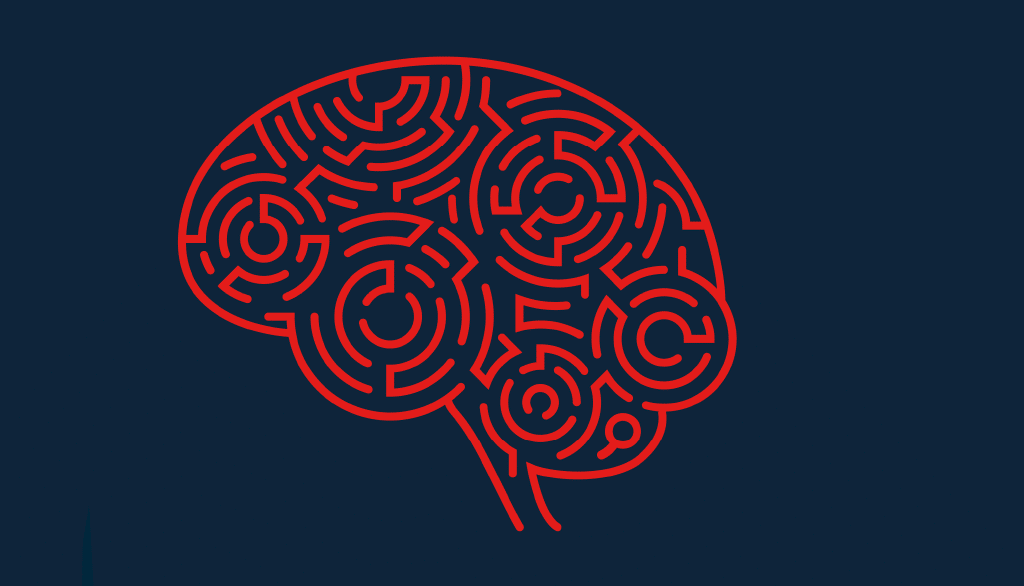
Despite extensive efforts, neurodegenerative diseases (ND) continue to feel like a pharmaceutical frontier. We have yet to see any effective drugs for conditions such as Alzheimer’s, Parkinson’s, multiple sclerosis, and ALS. This is due, in part, to the technical limitations of the methods used by scientists studying the mechanisms and proteins that drive the progression of neurodegeneration. Certain proteins and interactions are just inherently difficult to study.
Bioanalytical tools — with the right capabilities — can help you overcome these limitations.
To solve your neurodegenerative disease research challenges, here’s 4 questions to ask yourself when considering bioanalytical tools
Is it fast enough to measure the desired conformational stage?
Proteins and peptides implicated in the progression of ND exhibit fast conformational dynamics. For instance, they can transition between monomeric and oligomeric states very quickly. If a biophysical experiment takes too long to set up and run, the target protein may have already changed its conformation before it can be analyzed.
Can you analyze at both low and high sample concentration?
In order to effectively study protein interaction and aggregation, researchers will need to recreate conditions that favor the formation of both monomers and oligomers. This would call for biophysical methods that can accommodate both low and high sample concentrations for monomeric and oligomeric states, respectively.
Does it work without sample immobilization?
Notable proteins involved in ND, such as tau and alpha-synuclein, are intrinsically disordered and lack a rigid 3D structure. Biophysical characterization of such proteins often requires their immobilization to a solid matrix — which can disturb the natural folding state of the target protein.
Can it evaluate high molecular weight protein aggregates?
Large protein aggregates, such as amyloids, can arise from misfolding and are often associated with neurodegeneration. Due to their high molecular weight, such protein structures can be tricky to work with, especially when characterizing them in association with other binding partners.
Check out this infographic to learn how bioanalytical tools can help overcome common neurodegenerative disease research challenges.
























